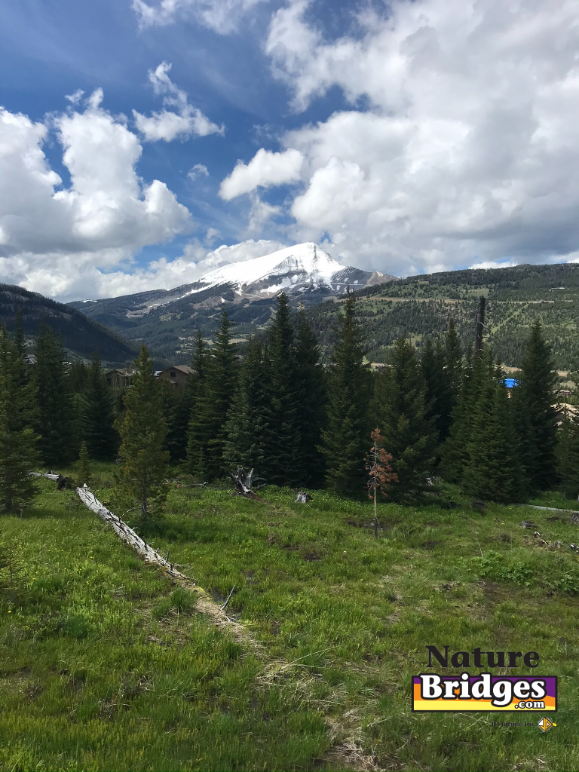
The first national park was created in 1872. In March of that year, President Ulysses S. Grant signed the law that created Yellowstone National Park and placed it under jurisdiction of the Secretary of the Interior. President Theodore Roosevelt is credited with establishing five new national parks and signing the Antiquities Act, which allows presidents to proclaim federally owned landmarks as national monuments. The United States continued creating national parks, and President Woodrow Wilson created the National Park Service in 1916. Other laws transferred sites to the National Park Service and clarified the service’s purpose.
Since the first national park was created, the United States and other countries have established more than 1,200 national parks and preserves. The United States alone has 63 national parks plus almost 300 monuments, preserves, recreation areas, and other protected properties. These publicly protected lands are an amazing resource for educating ourselves on the history and natural resources of our country and spending time in nature.
The United States’ First National Park
Yellowstone National Park is the country’s oldest national park and is located in Wyoming, Montana, and Idaho. Its 2.2 million acres are home to archaeological sites, geologic diversity including a volcano and geysers, and plentiful wildlife such as bison, moose, eagles, and more.
If you visit Yellowstone, there are a wealth of activities that can keep you busy for days! Hiking and biking are popular, along with watching or photographing wildlife. You can also plan to ride a horse, or even have a picnic. The National Park Service also offers several tours and ranger programs that can help you learn about the park and its interesting elements as well as nature preservation.
Yellowstone is one of Nature Bridges’ favorite national parks because we’ve visited there during our work at Yellowstone Club‘s ski and golf community! If you visit, look for some of our bridges and walkways!
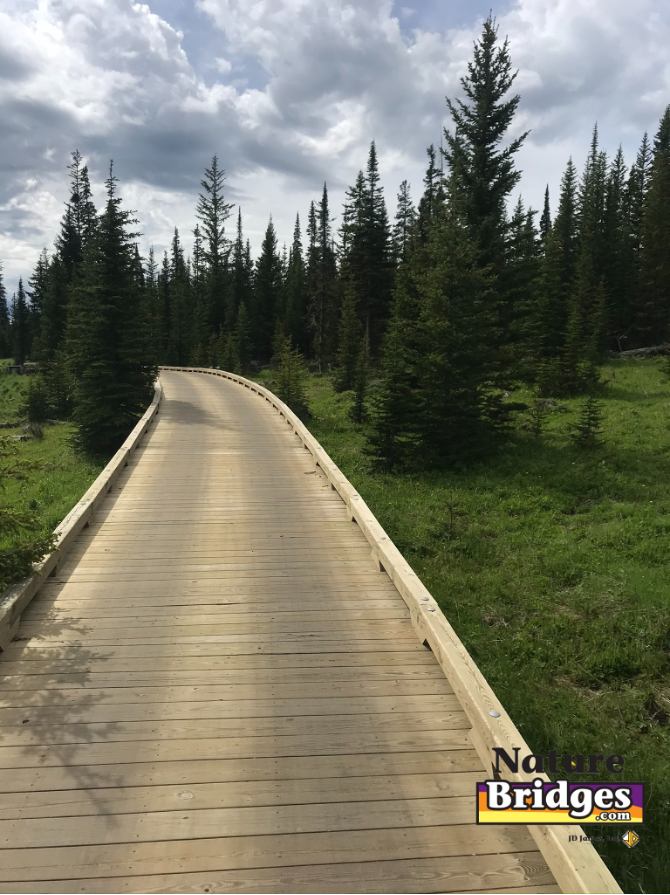
The United States’ Largest Subtropical Wilderness
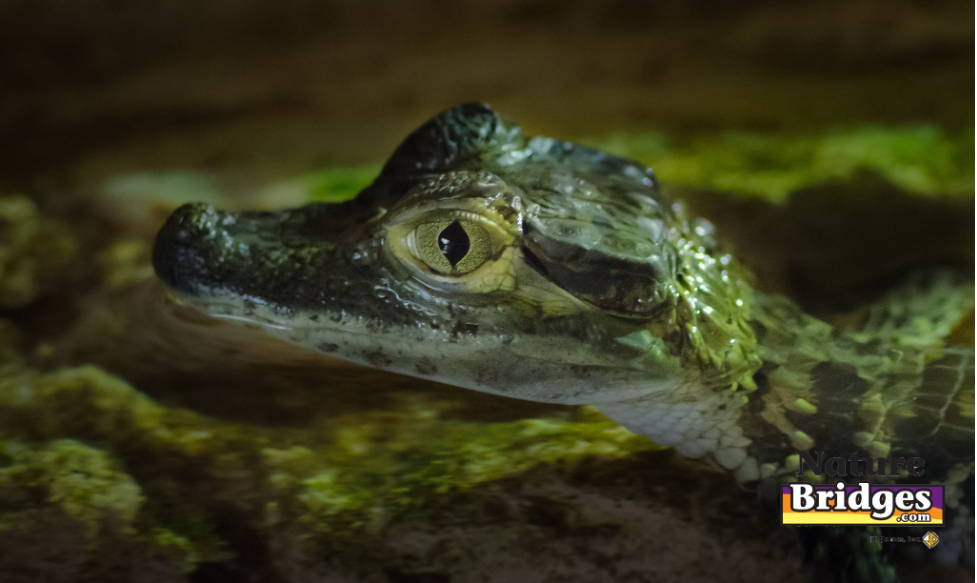
Everglades National Park is probably the most famous national park in our home state of Florida. At about 2.23 million acres, Everglades National Park is bigger than Yellowstone. The wildlife is just as diverse, though Everglades’ swampland is completely different from Yellowstone’s mountains. Here, you can find alligators and Florida panthers along with manatees and all other types of animals. The unusual roots of mangrove trees are a must-see if you visit.
Everglades has a variety of activities in addition to watching the wildlife. Canoeing and kayaking are popular, as is fishing and hiking. You can camp in the park or make it a day trip, but there is so much to do in the park that you could spend days just walking the trails.
The United States’ Hottest and Driest National Park
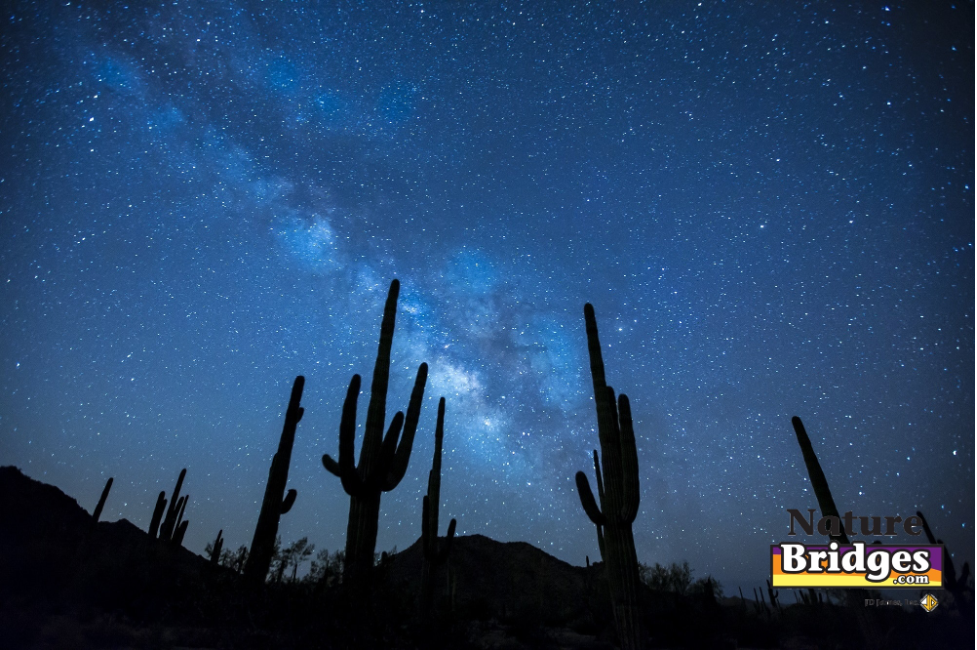
In contrast to the green of Yellowstone and the Everglades, Death Valley National Park in California and Nevada is the hottest, driest national park. Its deserts cover over 3.4 million acres and are home to barren salt flats, mountains, sand dunes, and a wealth of desert plants and animals. Visit the desert to see how much wildlife you can find! Desert tortoises, kangaroo rats, and coyotes can often be found while you hike, camp, or bike for outdoor recreation in Death Valley. This is one of the best places in the country to view the night sky, but be prepared – temperatures in the summer can reach over 120°F.
Wherever you live, there is sure to be a beautiful national park nearby for you to enjoy. Whether you visit Yellowstone, Everglades, Death Valley, or one of our other national parks like the Great Smoky Mountains in the Eastern United States or Denali in Alaska, you can hike, observe the wildlife, and camp. Almost every national park also has ranger programs and guided tours available so you can see everything possible. Don’t forget that a wealth of state parks are out there for you to enjoy as well, and if you see pedestrian bridges or natural walkways in some of them, think about Nature Bridges and our park trails construction projects!

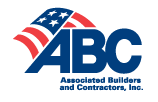
P.O. Box 516
Monticello, FL 32345
Phone: (850) 997-8585 Fax: (850) 385-3493
estimating@naturebridges.com